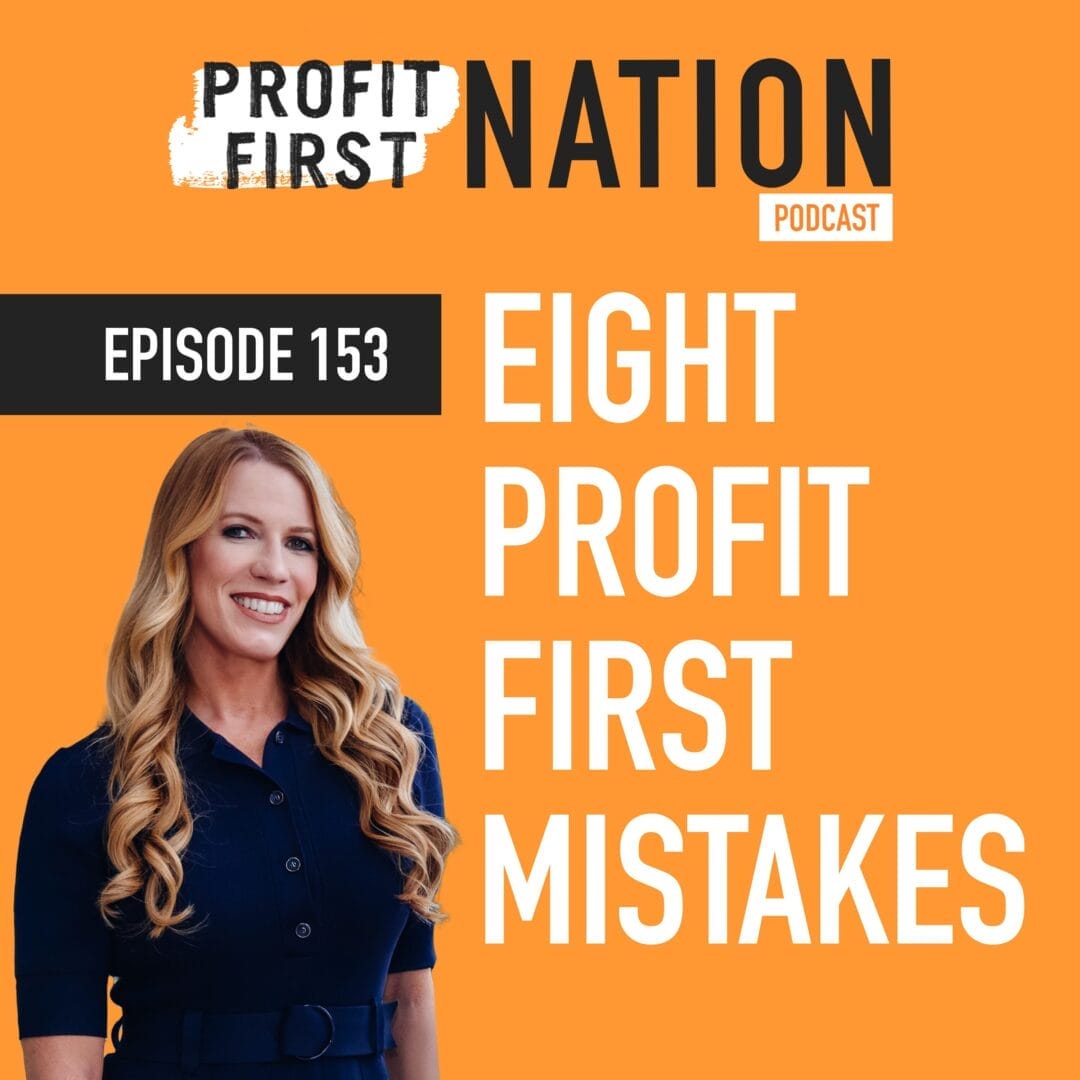Mishire No More: A Guide to Improving Your Hiring Process
Running a business can feel like a juggling act, especially when it comes to managing expenses like payroll. Your team is the heartbeat of your operation, and maintaining an ROI on your employees keeps the business healthy. How can you get there? By hiring the right talent.
Danielle Mulvey recently discussed ways to avoid employee mishires – including what red flags to look for, how to assess your past employees for future learnings, ways to evaluate your current employees and more.
What is a Mishire?
The ultimate goal of hiring employees is to build a team of people that fulfills their job roles effectively while also contributing to the growth and profitability of the company. Your payroll needs to be producing at least three times the return. Five-star employees are able to produce that amount of return, however, one, two, and three-star employees cannot necessarily produce them. In the current trend, approximately three out of four hires in a business is a mishire. This means that businesses have a 70% – 75% of mishire rate. But you can reduce this rate to 10% when you go all in while recruiting, hiring, and never settling for less than five-star employees.
Creating a Mishire Analysis Spreadsheet
The first thing that you should do in your journey to avoid mishires is to stop everything and create a spreadsheet. We have a template for this on our website, or you can create your own. In this spreadsheet, you’re going to input all of the essential data that you need.
1st Column – Former employees’ names: You will first list your former employees who have left your company regardless of whether they ended on good or bad terms. We recommend going back at least two years.
2nd Column – Hire date
3rd Column – Term date or when they left your company
4th Column – Their role or job in your organization
5th Column – Their reason for leaving
6th Column – Their supervisor
7th Column – The red flags you never noticed in the resume they submitted upon application
8th Column – The general things about that employee that you found not fitting for your organization
Spotting Red Flags in Resumes
Your former employee’s resume was most likely the only piece of information you had when you were evaluating them during the hiring process. Take time to look at their resumes again and check if there were any red flags that you missed before or ignored. After checking for red flags, reflect on what that employee was like in the office for a few minutes.
Let’s discuss detailed examples of some red flags you must watch out for when hiring or retaining five-star employees.
Having Multiple Present Employment
The problem with a person having multiple preset employment is that they wouldn’t be fully invested in your company and give all out if you are not their primary employer. It is especially important to avoid these kinds of employees in organizations of higher levels. But of course, there would be some exceptions to this just like restaurants where it is normal for employees to have multiple jobs.
Live Significantly Far From Your Office
In addition to having multiple jobs, you must watch out for people who live significantly far from your office and whose current or past employment is within their local area. The problem with this is now they have to commute. And yes, they may say that it would be easy for them during the interview, but the thing is, they don’t think it’s a big deal till they start doing it every day. An exception is if they have been already doing it and have proven that they are used to the commute. If they are not already doing it, they probably would not like doing something new that takes more time of their day and from their personal and family time.
Again, if traveling is not new to them, that is fine, but if it is a big change in their current lifestyle and where they are, that is a red flag. There are plenty of fish in the sea, you just have to cast a wider net to find the right employee for you.
Prefers Working Full Remote
Many people got a taste of working fully remotely thanks to COVID; some have been very comfortable with it. People working fully remotely isn’t a red flag, but those with no plans to get out and keep working remotely are. Danielle shared examples of employees who are offered hybrid jobs but kept trying to push working fully remotely because they believe that if they do great performance, their employers will allow them. You need to be watchful of this and ensure that your wants and your employees’ wants are the same. So if they are working hybrid, you are offering hybrid, and if they are working 100% remote, make sure that that is okay with you.
Mismatched Skills in the Position They’re Applying For
Applicants tend to put in as many skills as they want in their resumes, and while there’s nothing wrong with that, sometimes it does not match the skill set of the job position they are applying for. So how would you know if they can do the job that you are looking for? So again, it’s important to check if your experience and skills are what you need. You can even give them a skills test to double-check if what they say in their resume is a reality. This doesn’t mean you will not hire someone without experience, especially in entry-level jobs. You also want to watch out for people who have not worked for a significant amount of time, like five or more years, especially in jobs where a lot of technology is involved, because they might be unable to keep up with the advances and be fully overwhelmed.
Reflect on Your Current Employees
During the Profit First Nation podcast, Danielle Mulvey touched upon an intriguing aspect of hiring that often gets overlooked – the possibility that the supervisor could be the problem, not the employee. Danielle shared an example of a client she had where they analyzed their spreadsheet, and 5 out of 10 former employees reported on just one supervisor. Upon further investigation, they found that the people who have worked with this supervisor also have short tenure. That’s why there’s a supervisor column in the spreadsheet to check and reflect on your current employees, too, because the red flag might be there.
Here are some red flags you might encounter or watch out for when assessing your candidates. It is important to thoroughly assess your candidates to see if they fit the characteristics of the person they are looking for.
Understanding the Concept of a Shadow Day
A “shadow” day is a paid day where your candidate spends time in your workplace, either in-person or virtual, to get a firsthand experience of the job they are applying for. This is an opportunity for them to experience your company’s culture, meet their potential co-workers, and see if they really fit the role. During the shadow day, you will assess your candidate’s performance, you can give them assignments to see how they do and check if they meet your expectations. This is beneficial for you and the candidate, too, because it gives them a chance to know if they really want to pursue the role.
Conclusion
As Danielle shared, “successes and failures leave clues.” When it comes to your hiring strategy, know the red flags to avoid and flesh out your learnings from past and current employees so you can start an interview with confidence and clarity. Utilizing these tips can reduce your mishire rate from 75% to 10%!
Need extra support or have more questions? We’re just a click away at ProfitFirstNation.com, ready to support you. Our community of Profit First Professionals and a wealth of resources are at your fingertips!




Profit Nation
Co-HostDanielle Mulvey is your Certified Profit First Mastery "Podcast Guide" and Mike Michalowicz is the author of Profit First. Both Danielle and Mike were members of YEO before they had to drop the "Y" and part of Birthing of Giants at MIT when they were both in their 20's....that gives them a combined 50 years of entrepreneurial experience and counting.